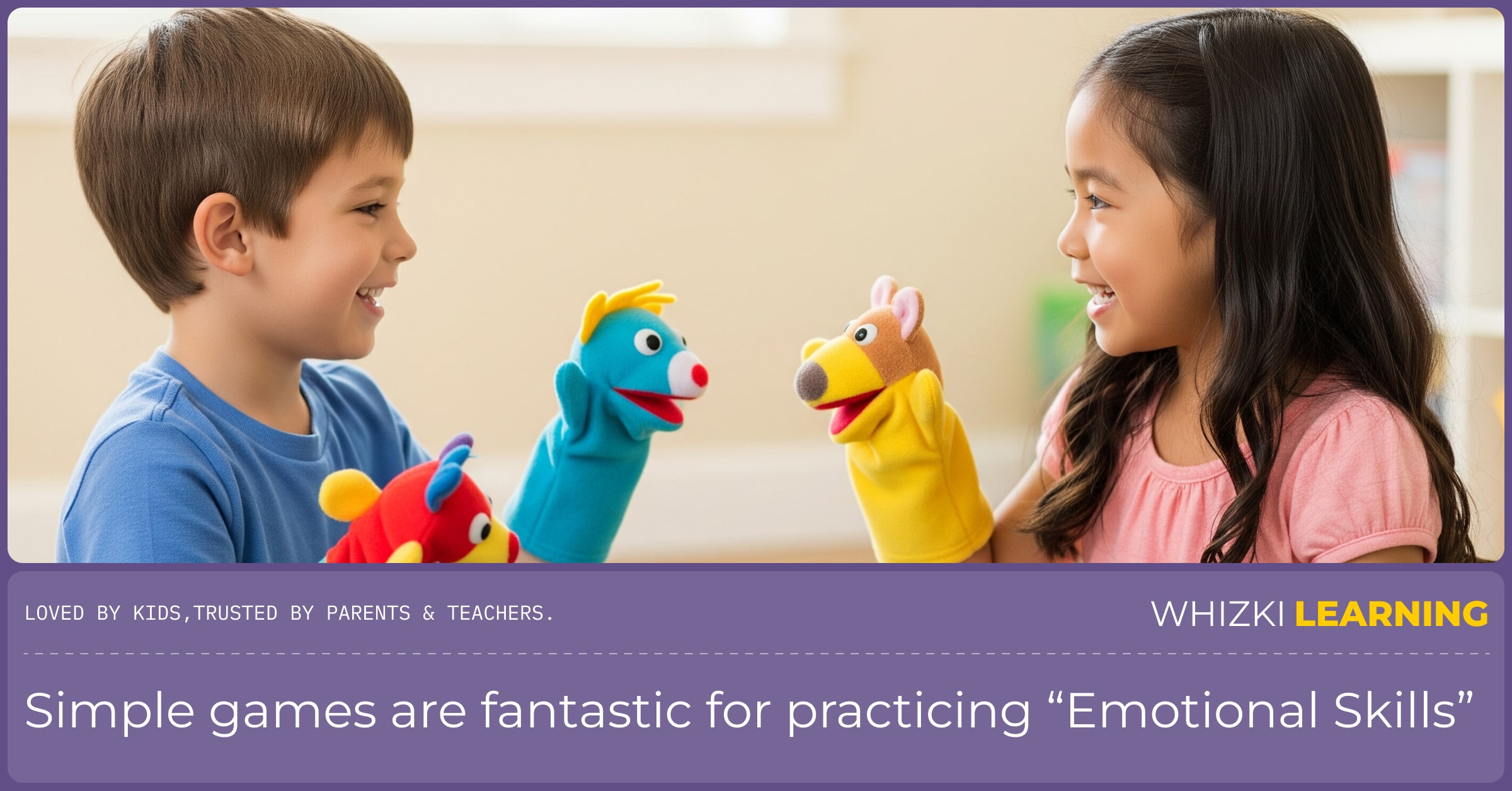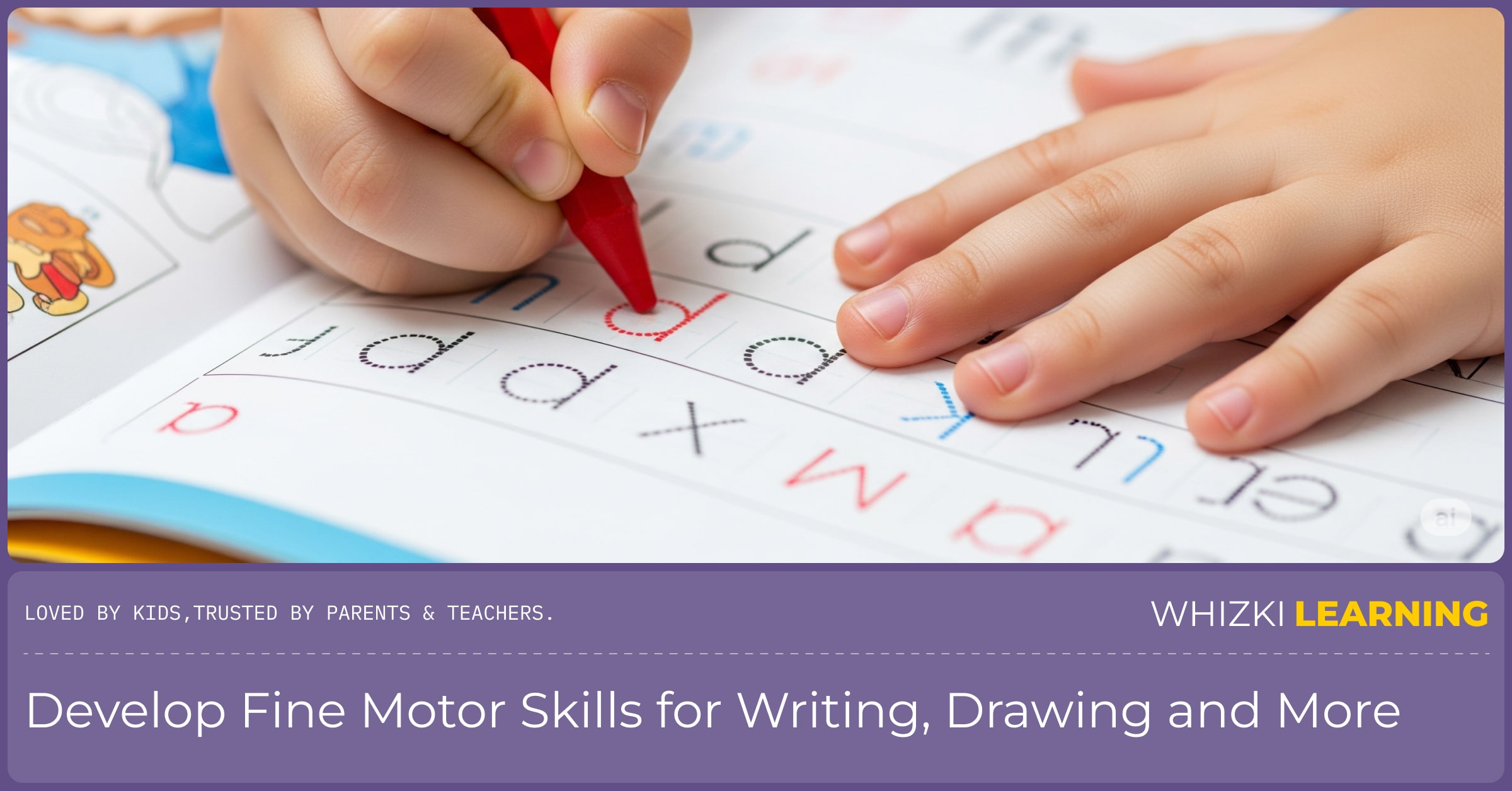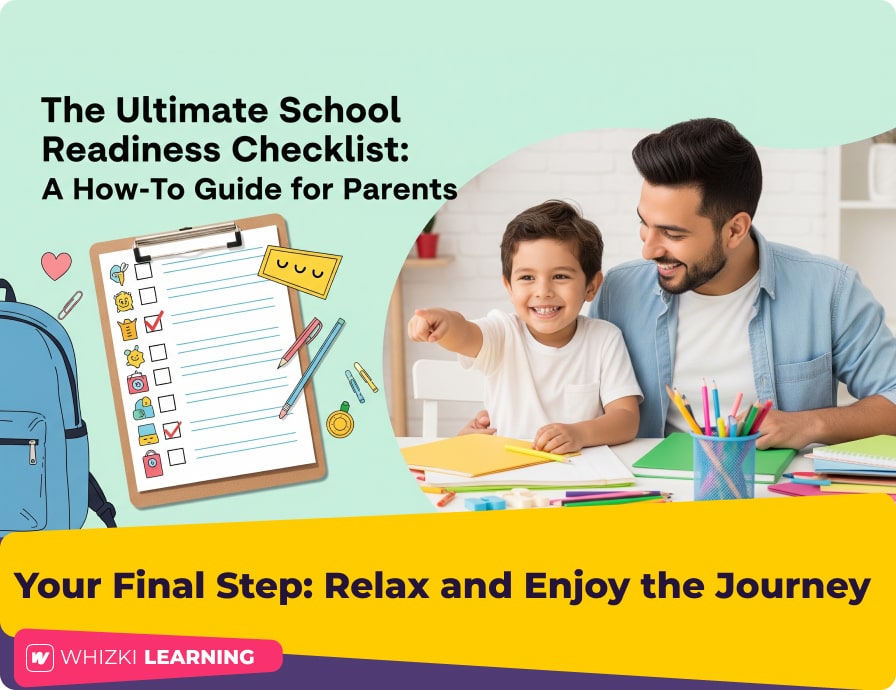Seeing that first day of school on the calendar can bring a flutter of nervous excitement. You want to give your child the best possible start, but the term 'school readiness' sounds so... official. What does it actually mean? And how do you help your child get there without turning your home into a boot camp?
Forget stressful drills. This is a practical how-to guide designed to turn a simple checklist into a series of fun, bonding moments. Let's walk through the steps to gently nurture the skills that truly matter for a happy start to school.
Step 1: How to Understand Real School Readiness
First, let's redefine 'ready.' Teachers agree that the most important skills aren't academic-they're social and emotional. A child who is curious, can ask for help, and is willing to try new things is far more 'ready' than a child who can recite the alphabet but is too anxious to speak. Your primary goal is to foster confidence and a love for learning.
Step 2: How to Nurture Social & Emotional Skills
These skills are the foundation for making friends, listening to the teacher, and feeling happy in the classroom.
- Check for: Ability to share, take turns, express feelings with words.
- How to practice:
1. Play board games. Simple games are fantastic for practicing turn-taking and handling small disappointments.
2. Name feelings. During story time, say, "Oh, that character looks sad. I wonder why?" This builds emotional vocabulary.
3. Use puppets. Role-play classroom situations like asking another child to play.

Step 3: How to Build Language Skills Through Play
A love for words and stories is the launchpad for reading and writing.
- Check for: Listens to a story, recognizes their own name, speaks in simple sentences.
- How to practice:
1. Read daily. Make it a cozy, special time. You don't have to finish the book; follow their lead.
2. Create a 'word jar.' Every time you learn a fun new word, write it down and put it in a jar to review later.
3. Make it a game. Use a preschool workbook not as a test, but as a fun treasure hunt for letters and sounds.
Step 4: How to Develop Fine Motor Skills for Writing
Strong little hands are needed for writing, drawing, and even opening a lunchbox!
- Check for: Holds a crayon with fingers (not a fist), can make simple marks, uses child-safe scissors.
- How to practice:
1. Play with dough. Squishing, rolling, and pinching Play-Doh is a super fun workout for hands.
2. Thread large beads or pasta onto a shoelace to develop the pincer grasp.
3. Embrace tracing and writing practice. Our workbooks turn this into a delightful game of connecting dots and following paths with our hedgehog mascot, Sunny.

Your 'How-To' Toolkit: Whizki Learning Workbooks
Feeling more confident? Our engaging activity books for kids are the perfect hands-on tool for all these 'how-to' steps. They aren’t just books; they are carefully designed experiences created by teachers to make skill-building feel like playtime. From our 'Kindergarten Skill Builder' to our focused 'Handwriting Mastery Practice,' you'll find the perfect resource to support your child's journey-all printed workbooks only, for 100% screen-free fun.
Your Final Step: Relax and Enjoy the Journey
The most important part of this 'how-to' guide is to remember that readiness is a process, not a destination. Your positive attitude and playful engagement are the most powerful tools you have. Celebrate the small victories and enjoy this precious time with your child.
For more playful ideas, check out our foundational guide: 10 Awesome Screen-Free Activities to Boost Your Child's Brain!






